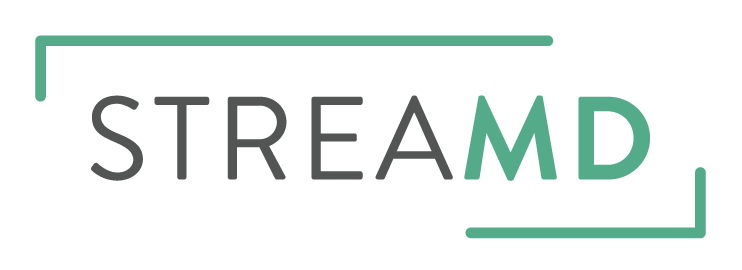Why education is not the same as engagement
“Patient engagement” is a popular buzzword tossed around the healthcare industry today. It makes sense - engaged patients often take ownership over their health, reducing their dependency on the larger healthcare system.
In 2012, health IT strategist Leonard Kish deemed patient engagement to be the “Blockbuster Drug of the Century.” He cited a Kaiser study that found patients enrolled in a coordinated cardiac care program were 88 percent less likely to die of a cardiac-related cause than those not enrolled in the study. These findings were a powerful demonstration of the effectiveness of patient engagement.
Kish claimed if any drug produced these results, “it would be malpractice not to use it.”
It’s no wonder why patient engagement is at the core of CMS’s Meaningful Use Stage 2 (a program that incentives clinicians to incorporate electronic communication with their patients), and why many patient-related decisions are made with the sole purpose of increasing engagement.
But intention is not synonymous with action. Why do so many providers focus on patient education? Handing out instruction packets makes us feel like we’re helping to engage patients in their health. Unfortunately, we’re not.
Just because a patient has information, does not mean they will take action. In his book, “The Internet of Healthy Things,” author Joseph Kvedar, MD states that information must inspire and lead a patient to want to take action.
Engagement can be challenging. Patients are expecting a higher level of communication with their healthcare team and third party healthcare payers are designing physician reimbursement models that include patient engagement as a crucial aspect. Now is the time to incorporate engagement tools into your practice. If you do it right, the reward will be great!
About StreaMD
StreaMD is the easiest way to increase patient engagement. Designed by doctors, it’s an automated text messaging service embraced by surgeons and patients alike. Messages are diagnosis- and treatment-specific, so patients receive the appropriate information at the most critical time points of their care, without additional work for the physician.
www.mystreamd.com

